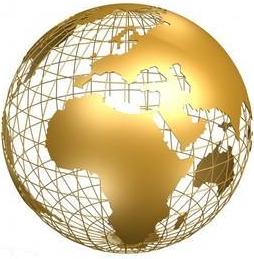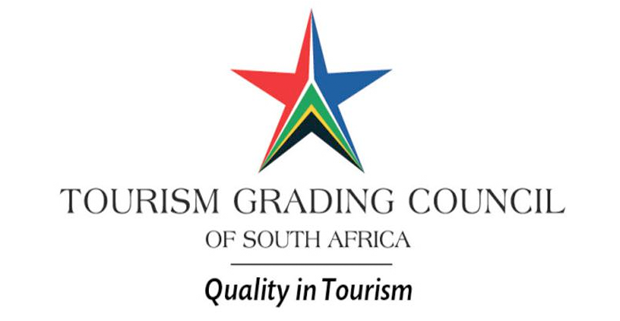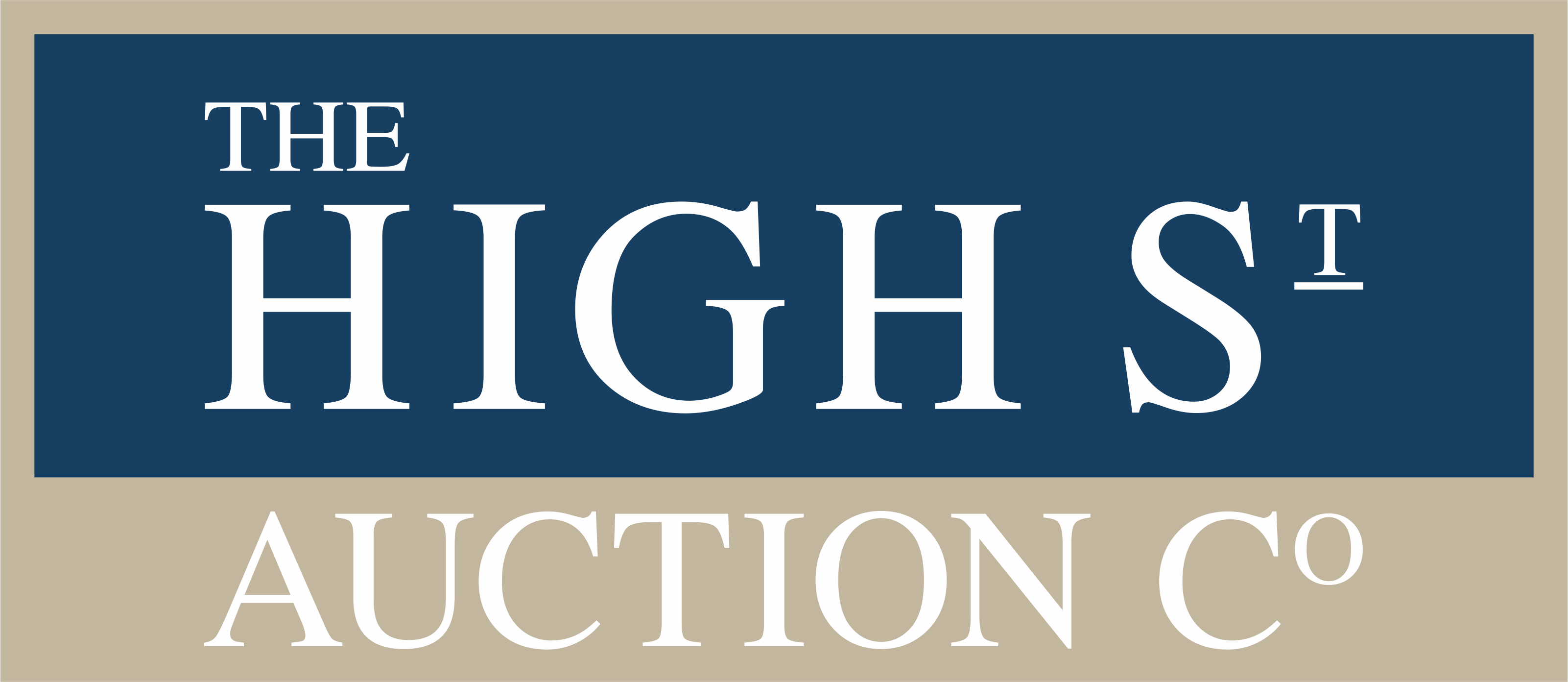Siena
Siena is a city in Tuscany, Italy. It is the capital of the province of Siena. Siena is the 12th largest city in the region by number of inhabitants, with a population of 53,062 as of 2022.
The city is historically linked to commercial and banking activities, having been a major banking center until the 13th and 14th centuries. Siena is also home to the oldest bank in the world, the Monte dei Paschi bank, which has been operating continuously since 1472 (552 years ago). Several significant Renaissance painters were born and worked in Siena, among them Duccio, Ambrogio Lorenzetti, Simone Martini and Sassetta, and influenced the course of Italian and European art. The University of Siena, originally called Studium Senese, was founded in 1240, making it one of the oldest universities in continuous operation in the world.
Siena was one of the most important cities in medieval Europe, and its historic centre is a UNESCO World Heritage Site, which contains several buildings from the 13th and 14th centuries. The city is famous for its cuisine, art, museums, medieval cityscape and the Palio, a horse race held twice a year in Piazza del Campo.
History
Antiquity
Siena, like other Tuscan hill towns, was first settled in the time of the Etruscans (c. 900–400 BC) when it was inhabited by a tribe called the Saina. A Roman town called Saena Julia was founded at the site in the time of the Emperor Augustus.
According to local legend, Siena was founded by Senius and Aschius, two sons of Remus and thus nephews of Romulus, after whom Rome was named. Supposedly after their father's murder by Romulus, they fled Rome, taking with them the statue of the she-wolf suckling the infants (Capitoline Wolf), thus appropriating that symbol for the town. Additionally they rode white and black horses, giving rise to the Balzana, or coat of arms of Siena with a white band atop a dark band. Some claim the name Siena derives from Senius. Other etymologies derive the name from the Etruscan family name Saina, the Roman family name Saenii, or the Latin word senex "old" or its derived form seneo "to be old".
The first known document of the Sienese community dates back to 70 AD: The Roman Senator Manlio Patruito reported to Rome that he had been ridiculed with a fake funeral during his official visit to Saena Iulia, a small military colony in Tuscia. The Roman Senate decided to punish the main culprits and to severely call the Sienese to greater respect for Roman authority.
At the end of the third century the Christianization of the territory also took place by Sant'Ansano, known precisely as the "Baptizer of the Sienese", who was in fact punished by the Roman authorities governing Siena with the test of fire and boiling oil, imprisonment and finally beheading. During the Middle Ages he will therefore be named patron saint of Siena and the day of his liturgical anniversary will mark the beginning of the "Contrada Year".
Middle Ages
Feudal power waned, however, and by the death of Countess Matilda in 1115 the border territory of the March of Tuscany which had been under the control of her family, the Canossa, broke up into several autonomous regions. This ultimately resulted in the creation of the Republic of Siena.
The Republic existed for over four hundred years, from the 12th century until 1555. During the golden age of Siena before the Black Death in 1348, the city was home to 50,000 people. A major economic centre and among the most important cities in Europe, as well as the main political, economic, and artistic rival of its neighboring city of Florence.
From 1547 to 1552, the Spanish-installed governor of Siena was Diego Hurtado de Mendoza, until he was ousted by a Sienese revolt, which reestablished the Sienese Republic. In the Italian War of 1551–59, the republic was defeated by the rival Florence in alliance with the Spanish crown. After 18 months of resistance, Siena surrendered to Spain on 17 April 1555, marking the end of the republic.
Medicean period
After the fall of the Republic, a few Sienese led by the Florentine exile Piero Strozzi, not wanting to accept the fall of the Republic, took refuge in Montalcino, creating the Republic of Siena sheltered in Montalcino. It lived until 31 May 1559 when it was betrayed by the French allies, whom Siena had always supported, concluding with the Peace of Cateau Cambrésis with Charles V, which effectively ceded the Republic to the Medici.
The House of Medici, apart from the brief parenthesis of Ferdinando I, who tried to create an organized state, were not able to give a stable structure to the Grand Duchy of Tuscany, keeping almost unchanged the division between the so-called Old State, i.e. Florence, and the New State, i.e. Siena and the southern part up to Pitigliano, with different laws and taxes. With the death of Gian Gastone de' Medici, (1737), who had no children, the Medici dynasty ended and the Grand Duchy passed into the hands of the Habsburg-Lorraine dynasty who kept it until 1799.
Late modern period
After the Napoleonic period and the Risorgimento uprisings, Siena was the first city in Tuscany, in 1859, to vote in favour of annexation to the Kingdom of Italy.
Geography
Siena is located in the central part of Tuscany, in the middle of a vast hilly landscape between the Arbia river valley (south), the Merse valley (south-west), the Elsa valley (north), the Chianti hills (north-east), the Montagnola Senese (west) and the Crete Senesi (south-east). The city lies at 322 m (1,056 ft) above sea level.
Climate
Siena has a typical inland Mediterranean climate. Average rainfall is 750 mm (29.5 in), with the maximum in November and the minimum in July. July is the hottest month, with an average temperature of 22.2 °C (72.0 °F), and January the coldest.
Economy
The main activities are tourism, services, agriculture, handicrafts and light industry.
In 2009 agricultural activity comprised 919 companies with a total area of 10.755 square kilometres (4.153 sq mi) for a usable agricultural area of 6.954 square kilometres (2.685 sq mi) or about 1⁄30 of the total municipal area (data ISTAT for the 2000 Agriculture Census V).
There is little manufacturing in the city. One exception is the seasonal confectionery industry, which produces local specialities including panforte, ricciarelli and cavallucci at Christmas, and pane co' santi for I Santi on 1 November and I Morti on the following day.
The area has also seen a growth in biotechnology. The Centenary Institute Sieroterapico Achille Sclavo used to be Swiss-owned, operating under the company name, Novartis Vaccines. Novartis developed and produced vaccines and employed about a thousand people. In 2015, the research plant in Siena became part of Glaxo Smith Kline, as part of a deal between Novartis and this firm.
Culture
Contrade
Siena retains a ward-centric culture from medieval times. Each ward (contrada) is represented by an animal or mascot and has its own boundary and distinct identity. Ward rivalries are most rampant during the annual horse race (Palio) in the Piazza del Campo. There are 17 wards (contrada): Aquila, Bruco, Chiocciola, Civetta, Drago, Giraffa, Istrice, Leocorno, Lupa, Nicchio, Oca, Onda, Pantera, Selva, Tartuca, Torre, Valdimontone.
The Palio
The Palio di Siena is a traditional medieval horse race run around the Piazza del Campo twice each year, on 2 July and 16 August. The event is attended by large crowds, and is widely televised. Ten randomly selected from 17 Contrade (which are city neighbourhoods originally formed as battalions for the city's defence) vie for the trophy: a painted banner, or Palio bearing an image of the Blessed Virgin Mary.
Art
Over the centuries, Siena has had a rich tradition of arts and artists. The list of artists from the Sienese School include Duccio and his student Simone Martini, Pietro Lorenzetti and Martino di Bartolomeo. A number of well-known works of Renaissance and High Renaissance art still remain in galleries or churches in Siena.
The Church of San Domenico contains art by Guido da Siena, dating to the mid-13th century. Duccio's Maestà, which was commissioned by the City of Siena in 1308, was instrumental in leading Italian painting away from the hieratic representations of Byzantine art and directing it towards more direct presentations of reality. And his Madonna and Child with Saints polyptych, painted between 1311 and 1318, remains at the city's Pinacoteca Nazionale.
The Pinacoteca also includes several works by Domenico Beccafumi, as well as art by Lorenzo Lotto, Domenico di Bartolo and Fra Bartolomeo.
Main sights
The Siena Cathedral (Duomo), begun in the 12th century, is a masterpiece of Italian Romanesque–Gothic architecture. Its main façade was completed in 1380 with a nave oriented northeast–southwest. A proposed expansion of the eastern transept would have transformed the church into an ambitiously massive basilica, the largest then in the world, with an east–west nave. However, the scarcity of funds, in part due to war and the Black Death, truncated the project. Two walls of this expanded eastern transept remain; through an internal staircase, visitors can climb for a grand view of the city.
The Siena Cathedral Pulpit is an octagonal 13th-century masterpiece sculpted by Nicola Pisano with lion pedestals and biblical bas-relief panels. The inlaid marble mosaic floor of the cathedral, designed and laboured on by many artists, is among the most elaborate in Italy. The Sacristy and Piccolomini library have well-preserved Renaissance frescos by Ghirlandaio and Pinturicchio respectively. Other sculptors active in the church and in the subterranean baptistry are Donatello, Lorenzo Ghiberti, Jacopo della Quercia and others. The Museo dell'Opera del Duomo contains Duccio's famous Maestà (1308–11) and various other works by Sienese masters. More Sienese paintings are to be found in the Pinacoteca, e.g. 13th-century works by Dietisalvi di Speme.
The Piazza del Campo, the shell-shaped town square, unfurls before the Palazzo Pubblico with its tall Torre del Mangia. This is part of the site for the Palio horse race. The Palazzo Pubblico, itself a great work of architecture, houses yet another important art museum. Included within the museum is Ambrogio Lorenzetti's frescoes depicting the Allegory and Effects of Good and Bad Government and also some of the finest frescoes of Simone Martini and Pietro Lorenzetti.
The Palazzo Salimbeni, located in a piazza of the same name, was the original headquarters and remains in possession of the Monte dei Paschi di Siena, one of the oldest banks in continuous existence in Europe.
Housed in the notable Gothic Palazzo Chigi-Saracini on Via di Città is the Accademia Musicale Chigiana, Siena's conservatory of music.
Other churches in the city include:
The historic Siena synagogue is also preserved and open to visitors.
The city's gardens include the Orto Botanico dell'Università di Siena, a botanical garden maintained by the University of Siena.
The Medicean Fortress houses the Siena Jazz School, with courses and concerts throughout the year, and a festival during the International Siena Jazz Masterclasses.
In the neighbourhood are numerous patrician villas, some of which are attributed to Baldassarre Peruzzi:
Villa Chigi
Castle of Belcaro
Villa Celsa
Villa Cetinale
Villa Volte Alte
Transport
- Buses
Siena Mobilità was a consortium established in 2005, formed by Tiemme Toscana Mobilità, Busitalia Sita Nord e ByBus, to manage the local public transport in Siena, in its province and regional service to Florence and Arezzo. From 1 January 2018 Siena Mobilità operated by virtue of the bridge contract between the Regione Toscana and the company ONE Scarl.
Since 1 November 2021 the public local transport is operated by Autolinee Toscane.
.jpg)












































































 Name: BondExcel
Name: BondExcel  Name: Businessentials For Hospitality
Name: Businessentials For Hospitality  Name: Capital Efficiency Group
Name: Capital Efficiency Group  Name: D E I R D R E R E N N I E R S Interior Design
Name: D E I R D R E R E N N I E R S Interior Design  Name: De Leeuw Valuers Cape Town
Name: De Leeuw Valuers Cape Town  Name: E C Mobility
Name: E C Mobility  Name: Edward Tokolo Kasete
Name: Edward Tokolo Kasete  Name: Electrolux Professional
Name: Electrolux Professional  Name: Exquisite Hotel Consultants' Hospitality Training Department
Name: Exquisite Hotel Consultants' Hospitality Training Department  Name: FVE Interiors
Name: FVE Interiors  Name: Healing Earth
Name: Healing Earth  Name: Hospro
Name: Hospro  Name: Hotel Revenue Management
Name: Hotel Revenue Management  Name: Indigo Real Estate Agency
Name: Indigo Real Estate Agency  Name: Lisa Dunn - Tourism Grading Assessor
Name: Lisa Dunn - Tourism Grading Assessor  Name: Ooba (Pty) Ltd
Name: Ooba (Pty) Ltd  Name: SK Sambu Tours & Transfers
Name: SK Sambu Tours & Transfers  Name: Soul Private Collection
Name: Soul Private Collection  Name: The Dumb Butler Hospitality Suppliers
Name: The Dumb Butler Hospitality Suppliers  Name: The High Street Auction Company
Name: The High Street Auction Company  Name: Touch Point Retail
Name: Touch Point Retail